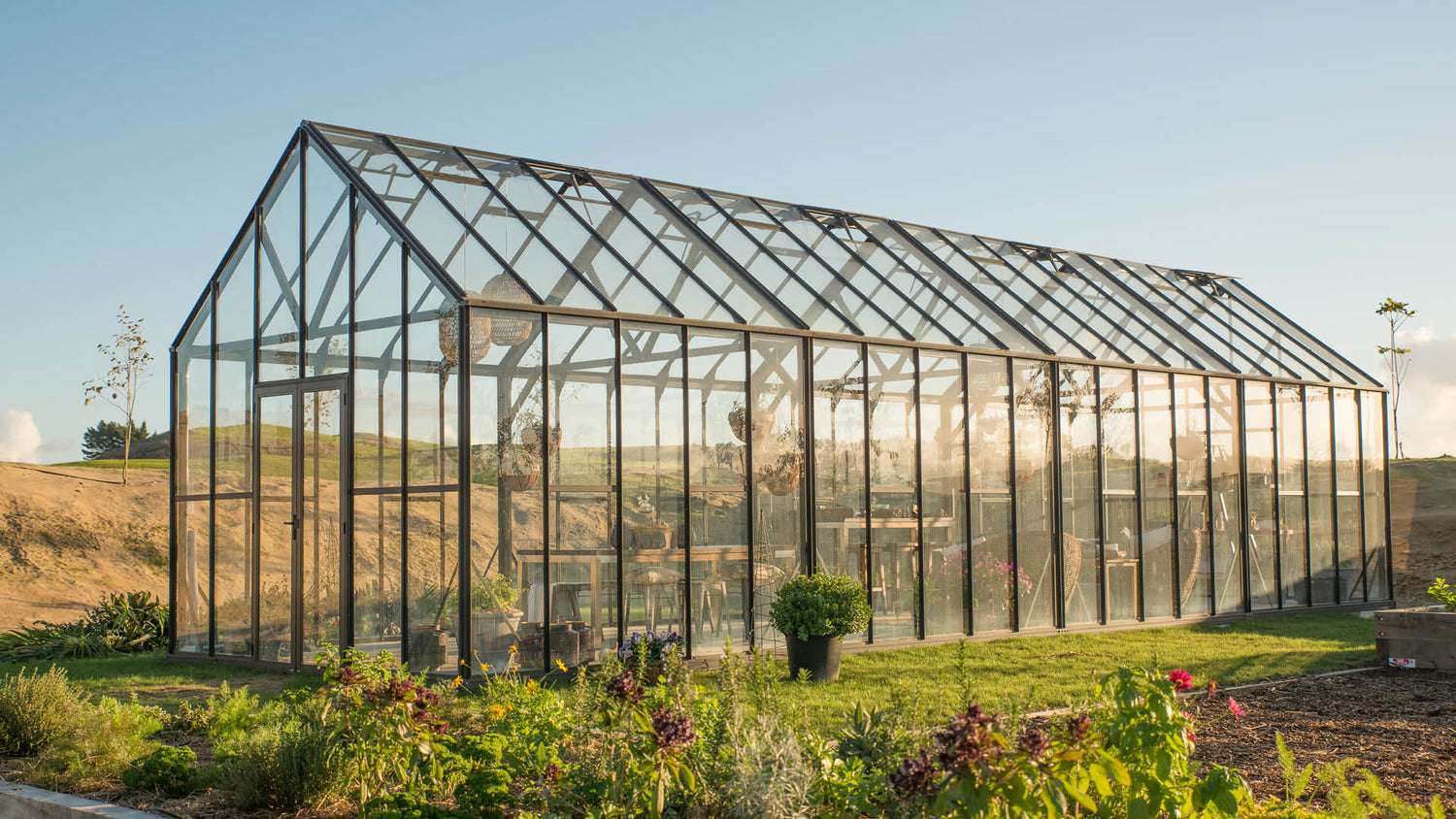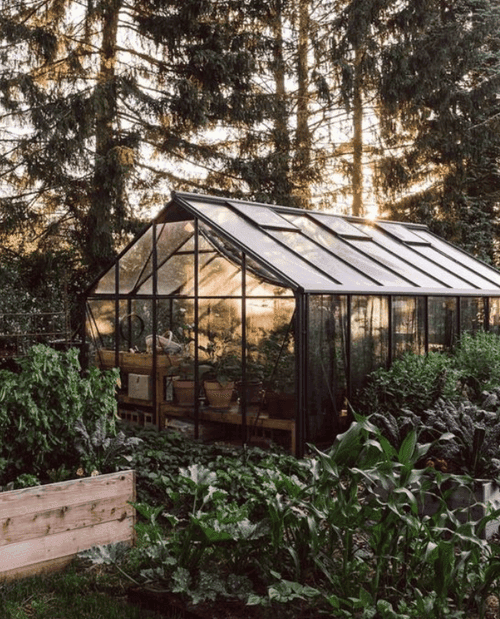Commercial Expanding Solutions: Monarch Commercial Greenhouse Utah Innovations
The Future of Greenhouses: Advancements in Sustainable Farming
Are you interested about the future of greenhouses and just how they are changing sustainable agriculture? Look no more! In this short article, we will certainly discover the interesting developments that are leading the means for a greener and more reliable farming market. From innovative climate control systems to vertical farming methods, water-efficient irrigation approaches, renewable energy combination, and wise information analytics, these developments are changing the means we grow our food. Prepare to discover the future of sustainable agriculture in greenhouses!
Advanced Environment Control Equipment
To accomplish ideal growing conditions, you can depend on the advancements in greenhouses with innovative environment control systems. These systems have actually transformed the method we grow crops, supplying a regulated setting that is favorable to plant growth. With these ingenious systems, you can now control temperature level, moisture, light levels, and also carbon dioxide concentrations to develop the best problems for your plants to flourish.
Among the crucial attributes of these advanced climate control systems is their ability to manage temperature. By utilizing sensors and automated controls, the greenhouse can adjust the temperature based upon the specific needs of the plants. This makes sure that they are never revealed to extreme warmth or chilly, which can be destructive to their development.
Humidity control is another essential aspect of these systems. By maintaining the excellent humidity levels, you can protect against concerns such as mold and mildew, mildew, and disease from affecting your crops. These systems can also manage the quantity of light that reaches the plants, ensuring that they receive the ideal quantity for photosynthesis.
In addition, progressed climate control systems can even control carbon dioxide concentrations. By raising the levels of carbon dioxide in the greenhouse, you can enhance plant growth and performance. This is specifically helpful in locations with reduced all-natural CO2 degrees.
Upright Farming Strategies
One crucial upright farming method is utilizing stacked expanding systems. Piled growing systems are generally utilized in metropolitan areas where space is restricted.
One preferred technique is called vertical hydroponics, where plants are grown in nutrient-rich water without dirt. This method is very effective as it minimizes water use by as much as 90% contrasted to typical farming approaches. Furthermore, since the plants are grown indoors, they are protected from insects and illness, minimizing the requirement for pesticides.
One more strategy is aeroponics, which entails putting on hold the plant origins in a haze or air atmosphere. This approach enables ideal nutrient absorption and oxygenation, leading to faster growth and greater yields. Aeroponics additionally makes use of much less water than standard farming and can be implemented in vertical systems, making it a popular selection for upright farming.
Water-efficient Irrigation Approaches
When it comes to executing water-efficient irrigation approaches in sustainable agriculture,Maximizing water preservation is necessary. With worldwide water scarcity ending up being a pressing issue, it is critical to establish innovative methods that enhance water use in greenhouse operations.
One promising approach is drip watering, which provides water straight to the plant origins, decreasing waste and dissipation. By utilizing a network of tubes with small emitters, water is used slowly and exactly, making sure that plants receive the essential wetness without excess drainage.
One more reliable strategy is making use of dirt moisture sensors. These tools determine the dampness material in the dirt and provide real-time information to farmers. By keeping track of the dirt's wetness degrees, farmers can properly identify when and just how much water to apply, preventing over-irrigation.
Furthermore, the execution of rainwater harvesting systems is acquiring popularity in greenhouse farming. Gathering rain from roofs and keeping it in tanks permits farmers to utilize this natural deposit for irrigation functions, decreasing dependence on conventional water resources.
Last but not least, the my site fostering of automated watering systems can dramatically boost water effectiveness. These systems utilize sensors to find dirt wetness levels and climate condition, changing irrigation routines accordingly. By enhancing water use based upon real plant needs, these systems can minimize water waste and advertise sustainable farming practices.
Renewable Energy Assimilation
Currently, allow's look into exactly how you can incorporate sustainable power into your greenhouse operations for an extra sustainable future. Renewable resource assimilation in greenhouses supplies several advantages, including decreased running prices and decreased dependence on non-renewable energy resources. One way to integrate eco-friendly energy is via the installation of solar panels. These panels are put on the roof covering or surrounding locations of the greenhouse to record sunlight and convert it into electrical energy. The generated power can then be utilized to run numerous procedures within the greenhouse, such as home heating, ventilation, and illumination systems. Additionally, excess power can be stored in batteries for use during non-sunlight hours. One more technique of renewable resource integration is making use of wind turbines. These turbines harness wind power and convert it into electrical energy, which can be made use of to supplement the power requirements of the greenhouse. Incorporating sustainable energy resources not only reduces greenhouse gas discharges however likewise advertises sustainability and resilience in your farming procedures. By welcoming renewable resource, you can add to a greener future while making you could try these out sure the long-term practicality of your greenhouse business.
Smart Data Analytics and Automation
To enhance the performance of your greenhouse operations and enhance source usage, take into consideration applying wise data analytics and automation. Smart data analytics involves accumulating and assessing data from different sensing units and tools within your greenhouse.
Automation, on the other hand, includes utilizing modern technology to automate tasks that were previously done manually. This can include automating the control of illumination, ventilation, irrigation systems, and nutrient distribution. By automating these procedures, you can ensure that your plants receive the right conditions and nutrients at the ideal time, without the demand for consistent hand-operated treatment. This not only conserves you time and effort but also reduces the danger of human error.
Additionally, smart information analytics and automation can interact synergistically. The information gathered by sensors can be used to notify computerized systems, enabling them to make real-time modifications based on the current problems. This assimilation of information analytics and automation can cause a lot more efficient and precise source allowance, eventually resulting in higher returns and much better crop top quality.
Verdict
Finally, the future of greenhouses in lasting farming looks promising. With advanced environment control systems, vertical farming methods, water-efficient irrigation methods, and eco-friendly energy integration, greenhouses are coming to be more reliable and eco-friendly. In addition, using wise information analytics and automation additionally enhances efficiency and lowers waste. These technologies are paving the way for a much more effective and sustainable farming industry, making certain a greener and healthier future for all.

By optimizing water usage based on actual plant requirements, these systems can decrease water waste and advertise lasting farming techniques.
